Shenzhen Wesort Optoelectronics Co., Ltd.
Address:Building 29, Longwangmiao Industrial Zone, Fuyong street, Bao'an District, Shenzhen, Guangdong Province, China.
Phone:+86 181 2370 6862
In the modern agricultural and food processing industries, the beans color sorter has emerged as a crucial and innovative piece of equipment. This advanced technology is designed to meet the high - quality demands of bean sorting in various applications.
1. The Working Principle of Beans Color Sorter
The beans color sorter operates based on sophisticated optical and sensor technologies. High - resolution cameras are installed within the machine, which are capable of capturing detailed images of each bean passing through the sorting chamber. These cameras are designed to detect even the slightest differences in color, shade, and hue. The sensors on the color sorter work in tandem with the cameras, analyzing the data received from the visual inspection. When a bean with an undesired color or defect is identified, a precise ejection mechanism is triggered. This mechanism can use either air jets or mechanical means to separate the sub - standard beans from the high - quality ones. For example, in a coffee bean sorting process, the color sorter can distinguish between beans with optimal roast levels and those that are over - roasted or under - roasted by their color variations.
2. Applications in Different Types of Beans
2.1 Coffee Beans
In the coffee industry, the quality of the beans directly impacts the flavor of the final product. The beans color sorter plays a vital role in ensuring that only the best coffee beans are selected for further processing. It can separate coffee beans based on their ripeness levels, as indicated by color. Green coffee beans that have not reached the ideal maturity might have a lighter shade, and these can be removed. Additionally, beans with any signs of mold or discoloration due to improper storage or handling can be accurately identified and removed. This results in a more consistent and high - quality coffee blend, enhancing the taste and aroma of the brewed coffee.
2.2 Soybeans
For soybeans used in food products, such as tofu and soy milk, or in the production of soybean oil, color sorting is essential. The color sorter can eliminate soybeans with abnormal colors caused by diseases, pests, or poor growing conditions. This not only improves the appearance of the final soybean - based products but also ensures the safety and quality of the food. In the case of soybean seeds for planting, the color sorter can remove damaged or inferior seeds, increasing the germination rate and overall productivity of the crop.
2.3 Kidney Beans
Kidney beans are a common ingredient in many cuisines. The beans color sorter can sort them based on color uniformity, removing any beans with discoloration or blemishes. This is crucial for the canning and packaging industry, as consumers expect visually appealing and high - quality products. Moreover, it can also identify and remove beans that may have been affected by toxins or contaminants during growth, safeguarding the health of consumers.
2.4 Other Beans
Whether it's mung beans, adzuki beans, or other types of beans used in various food applications, the color sorter provides an efficient and accurate means of quality control. It can detect foreign matter mixed with the beans, such as small stones or pieces of debris, which might have been accidentally incorporated during harvesting or transportation. By removing these impurities, the beans color sorter helps to maintain the purity and integrity of the bean products.
3. Advantages of Using Beans Color Sorter
3.1 Improved Product Quality
By precisely removing beans with color defects, diseases, or impurities, the overall quality of the bean products is significantly enhanced. This leads to better - tasting food items, higher - grade coffee, and more reliable bean - based ingredients for various industries. The consistent quality achieved through color sorting also helps to build a good reputation for the brands that use these sorted beans.
3.2 Increased Efficiency
The beans color sorter can process a large quantity of beans in a relatively short time. Compared to traditional manual sorting methods, it can handle thousands of beans per minute, reducing the labor - intensive process and increasing the production speed. This allows bean processing plants to meet the high - volume demands of the market more effectively.
3.3 Cost - Effectiveness
Although the initial investment in a beans color sorter may be significant, in the long run, it proves to be cost - effective. By reducing the amount of waste caused by sub - standard beans and improving the yield of high - quality products, it helps to maximize the return on investment. Additionally, the reduced need for manual labor in sorting operations also cuts down on labor costs.
3.4 Customization and Adaptability
Modern beans color sorters are often equipped with adjustable parameters, allowing them to be customized for different types of beans and specific sorting requirements. Whether it's a particular variety of coffee bean with unique color characteristics or a specific grade of soybean for a specialized application, the color sorter can be fine - tuned to achieve the best sorting results.
The beans color sorter has revolutionized the way beans are processed and quality - controlled in the industry. Its advanced technology, wide range of applications, and numerous advantages make it an indispensable tool for bean producers, processors, and the food industry as a whole. As the demand for high - quality bean products continues to grow, the importance of the beans color sorter will only become more prominent.
In the modern agricultural and food processing industries, the beans color sorter has emerged as a crucial and innovative piece of equipment. This advanced technology is designed to meet the high - quality demands of bean sorting in various applications.
1. The Working Principle of Beans Color Sorter
The beans color sorter operates based on sophisticated optical and sensor technologies. High - resolution cameras are installed within the machine, which are capable of capturing detailed images of each bean passing through the sorting chamber. These cameras are designed to detect even the slightest differences in color, shade, and hue. The sensors on the color sorter work in tandem with the cameras, analyzing the data received from the visual inspection. When a bean with an undesired color or defect is identified, a precise ejection mechanism is triggered. This mechanism can use either air jets or mechanical means to separate the sub - standard beans from the high - quality ones. For example, in a coffee bean sorting process, the color sorter can distinguish between beans with optimal roast levels and those that are over - roasted or under - roasted by their color variations.
2. Applications in Different Types of Beans
2.1 Coffee Beans
In the coffee industry, the quality of the beans directly impacts the flavor of the final product. The beans color sorter plays a vital role in ensuring that only the best coffee beans are selected for further processing. It can separate coffee beans based on their ripeness levels, as indicated by color. Green coffee beans that have not reached the ideal maturity might have a lighter shade, and these can be removed. Additionally, beans with any signs of mold or discoloration due to improper storage or handling can be accurately identified and removed. This results in a more consistent and high - quality coffee blend, enhancing the taste and aroma of the brewed coffee.
2.2 Soybeans
For soybeans used in food products, such as tofu and soy milk, or in the production of soybean oil, color sorting is essential. The color sorter can eliminate soybeans with abnormal colors caused by diseases, pests, or poor growing conditions. This not only improves the appearance of the final soybean - based products but also ensures the safety and quality of the food. In the case of soybean seeds for planting, the color sorter can remove damaged or inferior seeds, increasing the germination rate and overall productivity of the crop.
2.3 Kidney Beans
Kidney beans are a common ingredient in many cuisines. The beans color sorter can sort them based on color uniformity, removing any beans with discoloration or blemishes. This is crucial for the canning and packaging industry, as consumers expect visually appealing and high - quality products. Moreover, it can also identify and remove beans that may have been affected by toxins or contaminants during growth, safeguarding the health of consumers.
2.4 Other Beans
Whether it's mung beans, adzuki beans, or other types of beans used in various food applications, the color sorter provides an efficient and accurate means of quality control. It can detect foreign matter mixed with the beans, such as small stones or pieces of debris, which might have been accidentally incorporated during harvesting or transportation. By removing these impurities, the beans color sorter helps to maintain the purity and integrity of the bean products.
3. Advantages of Using Beans Color Sorter
3.1 Improved Product Quality
By precisely removing beans with color defects, diseases, or impurities, the overall quality of the bean products is significantly enhanced. This leads to better - tasting food items, higher - grade coffee, and more reliable bean - based ingredients for various industries. The consistent quality achieved through color sorting also helps to build a good reputation for the brands that use these sorted beans.
3.2 Increased Efficiency
The beans color sorter can process a large quantity of beans in a relatively short time. Compared to traditional manual sorting methods, it can handle thousands of beans per minute, reducing the labor - intensive process and increasing the production speed. This allows bean processing plants to meet the high - volume demands of the market more effectively.
3.3 Cost - Effectiveness
Although the initial investment in a beans color sorter may be significant, in the long run, it proves to be cost - effective. By reducing the amount of waste caused by sub - standard beans and improving the yield of high - quality products, it helps to maximize the return on investment. Additionally, the reduced need for manual labor in sorting operations also cuts down on labor costs.
3.4 Customization and Adaptability
Modern beans color sorters are often equipped with adjustable parameters, allowing them to be customized for different types of beans and specific sorting requirements. Whether it's a particular variety of coffee bean with unique color characteristics or a specific grade of soybean for a specialized application, the color sorter can be fine - tuned to achieve the best sorting results.
The beans color sorter has revolutionized the way beans are processed and quality - controlled in the industry. Its advanced technology, wide range of applications, and numerous advantages make it an indispensable tool for bean producers, processors, and the food industry as a whole. As the demand for high - quality bean products continues to grow, the importance of the beans color sorter will only become more prominent.

In the world of walnut processing, even the smallest imperfection can significantly impact product quality, market price, and brand reputation. Mold, insect damage, broken pieces, or inconsistent color are common defects that reduce the value of wa...
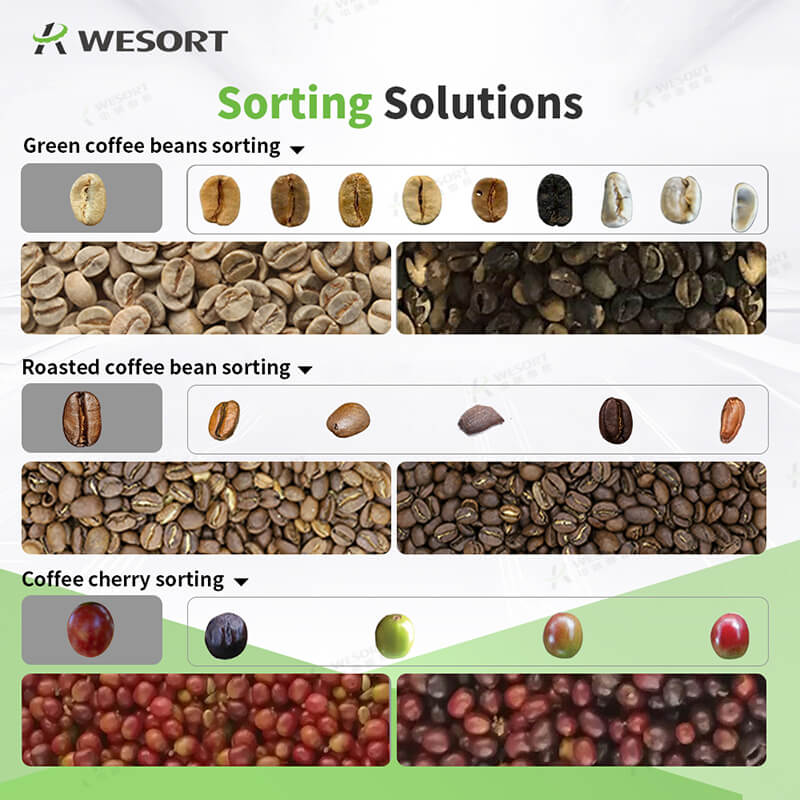
In the competitive coffee industry, quality is everything. Yet defects such as moldy beans, insect damage, immature coffee cherries, and inconsistent roasting levels can severely impact the taste, aroma, and grade of your coffee. Traditional sortin...
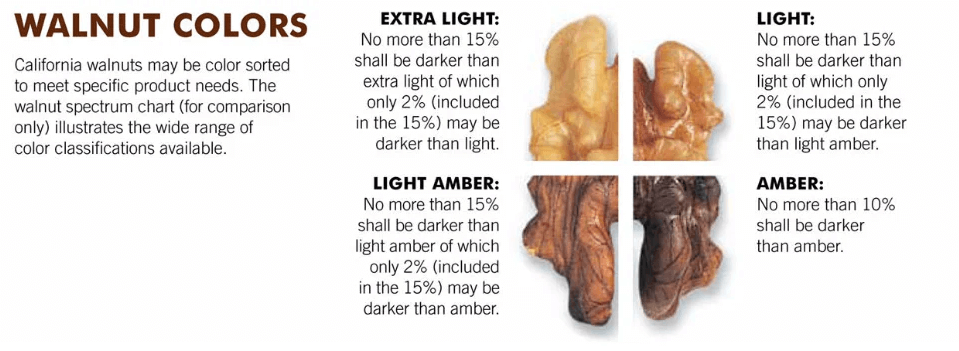
The demand for high-quality, uniformly sorted walnuts is rising globally due to increasing consumption, especially in the health food and snack industries. To meet market expectations, walnut processors are looking for advanced walnut sorting machi...
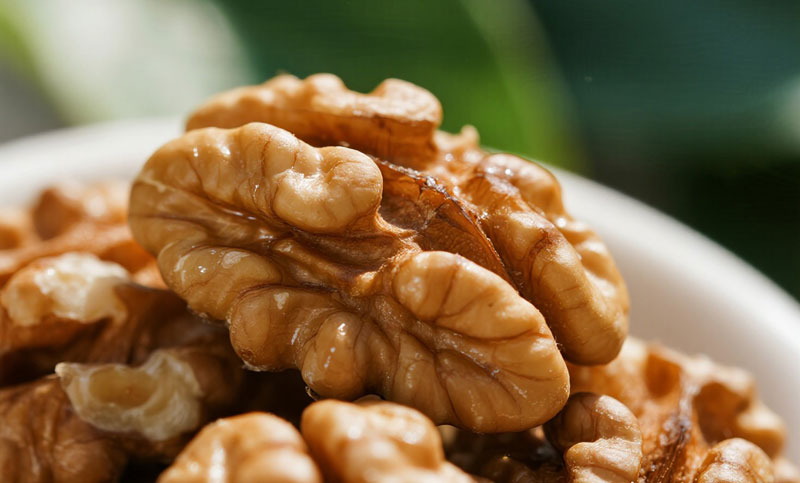
In the nut deep processing industry, the multi-level and accurate sorting of walnut kernels is not only related to product quality, but also directly affects corporate profits and brand reputation. However, many factories still face three major pro...

Meta Description: Looking for the top hazelnut sorting machine manufacturer? WESORT offers advanced hazelnut color sorters with AI deep learning to efficiently remove defects, pests, and foreign materials. Boost your hazelnut processing efficienc...
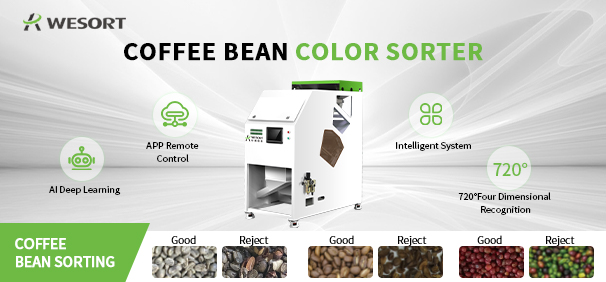
With the growing popularity of specialty coffee, the purity of coffee beans determines the aroma and taste of a cup of coffee. Achieving 99.9% purity requires high-performance coffee bean sorting equipment. Among Chinese coffee bean color sorter ma...
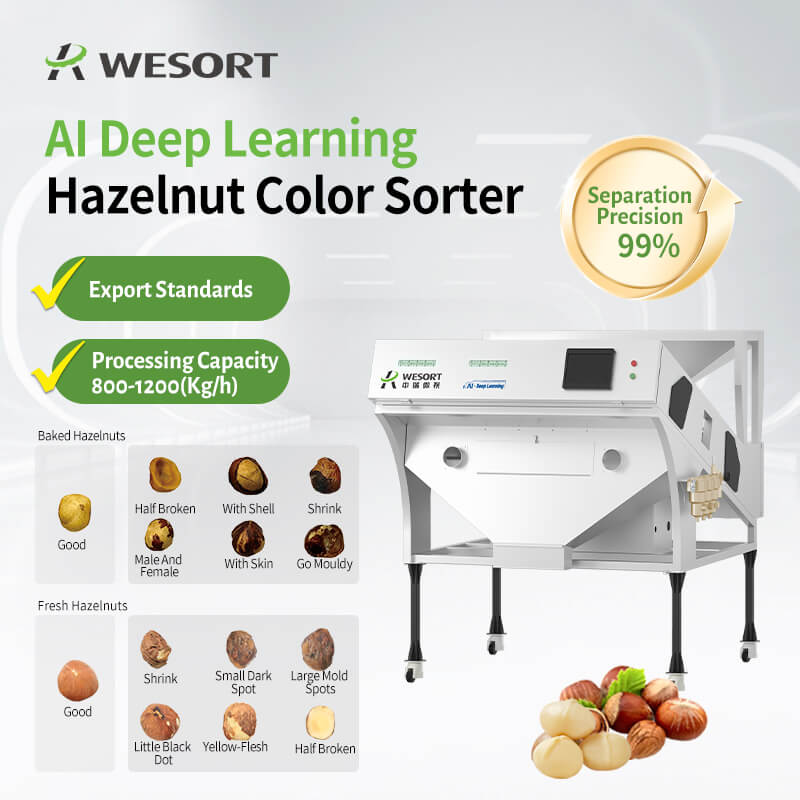
What's the most vexing issue in the hazelnut industry chain? It's not yield, but quality. Defects like mold, wrinkled skin, and foreign matter not only reduce product value but can also put export orders at risk. The solution isn't to increase the ...
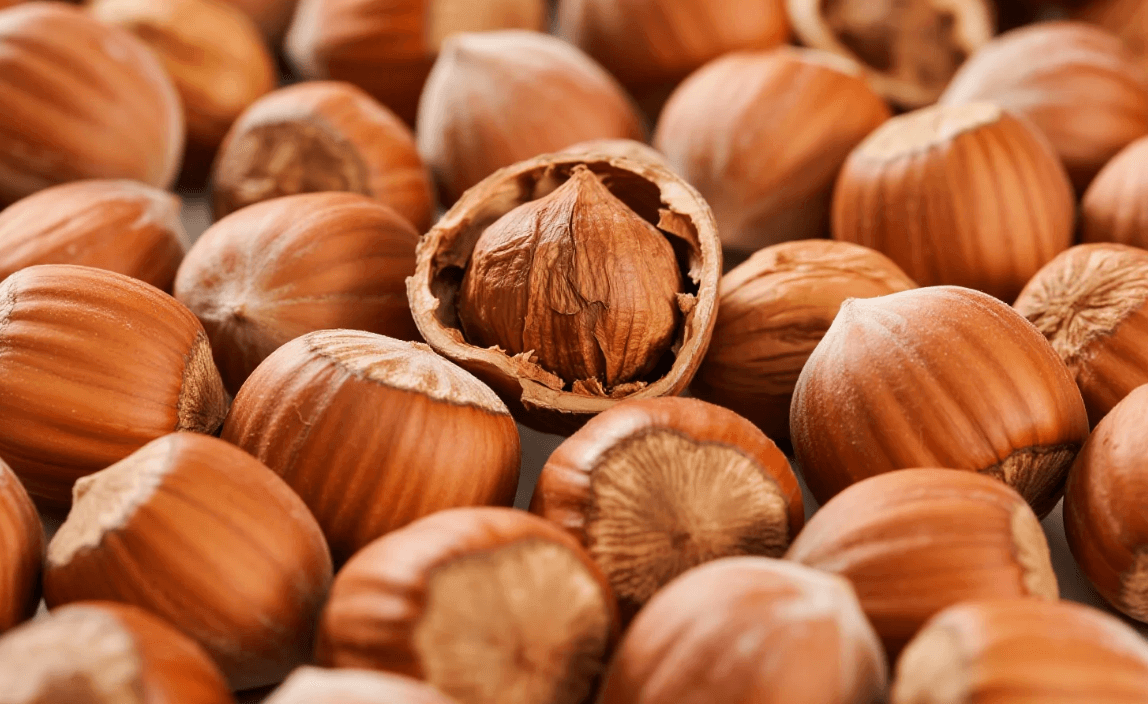
Every hazelnut tells a story—about the soil it grew in, the care during harvest, and the precision of its processing. Yet between farm and final product, hidden defects like mold, insect damage, and discoloration can turn premium hazelnuts into cos...

Plastic waste recycling is one of the most pressing challenges in today’s sustainability-driven world. Proper plastic sorting ensures high-quality recycled materials, reduces environmental impact, and improves profitability for recycling businesses...
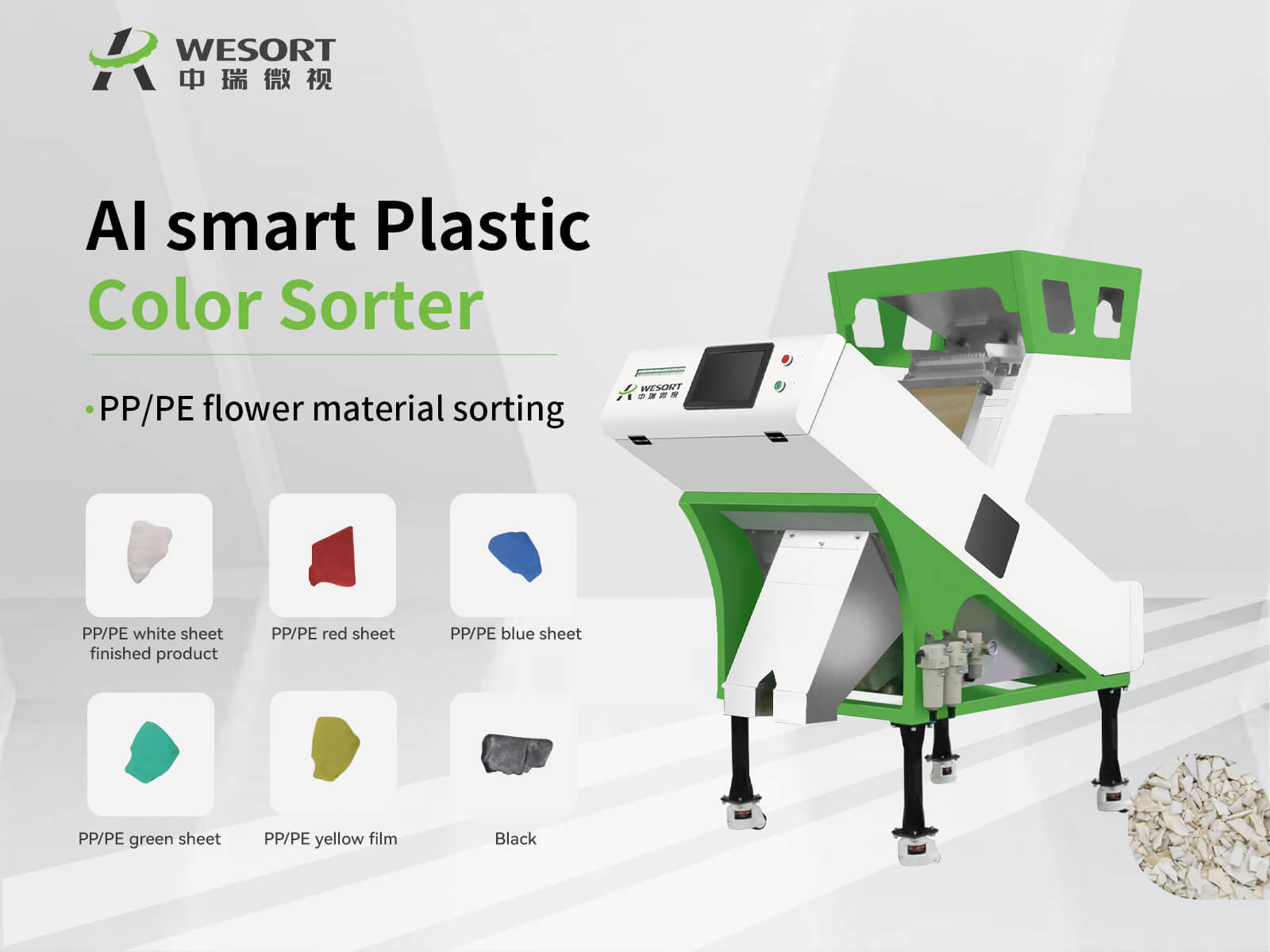
In the plastic recycling industry, purity and efficiency directly determine profitability. As global demand for recycled plastics increases, manufacturers need advanced solutions to separate impurities, improve yield, and ensure consistent product ...

In Mexico, coffee is more than just a drink — it’s a culture, a tradition, and a vital industry. Yet, challenges like impurities, pest damage, and uneven coloration often diminish the value of even the most carefully cultivated beans. At EXPO CAFÉ...
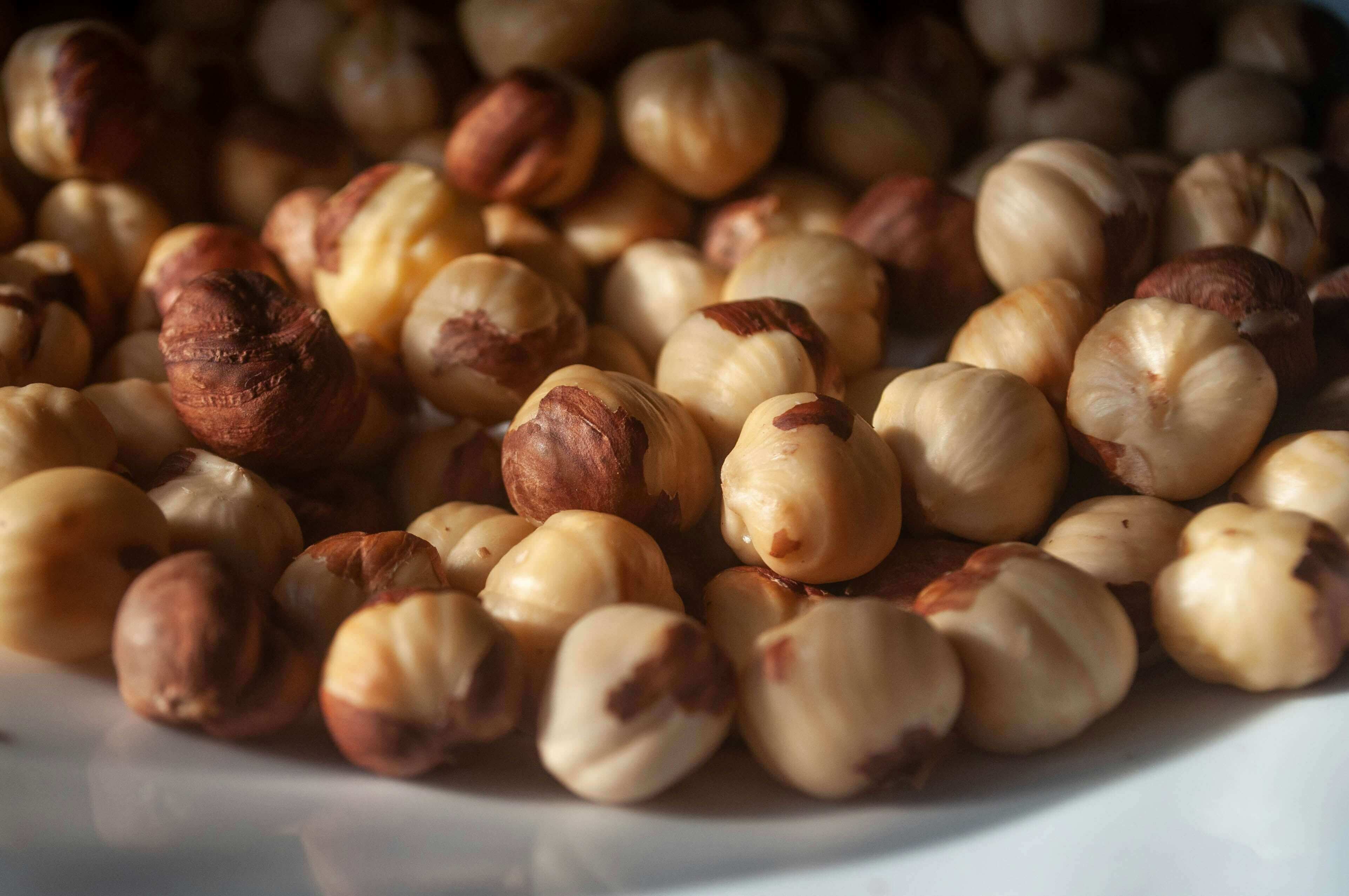
The global demand for hazelnuts continues to rise, driven by the growth of confectionery, bakery, and healthy snack markets. As consumption increases, so does the importance of quality control. Hazelnut processors face mounting pressure to deliver ...
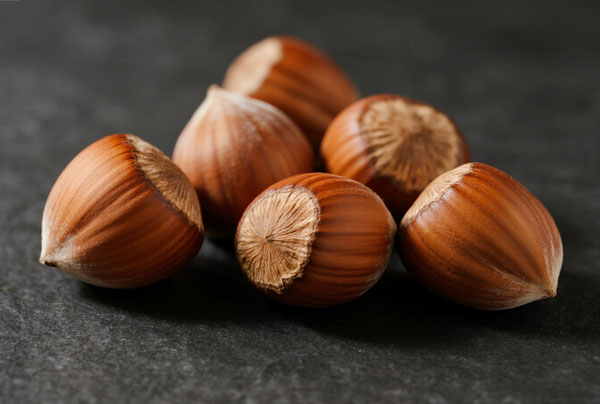
Hazelnuts are widely used in confectionery, bakery, and snacks, where product quality directly affects market value. However, hazelnut processing often faces serious challenges, such as pest infestation, seasonal labor shortages, and inconsistent m...
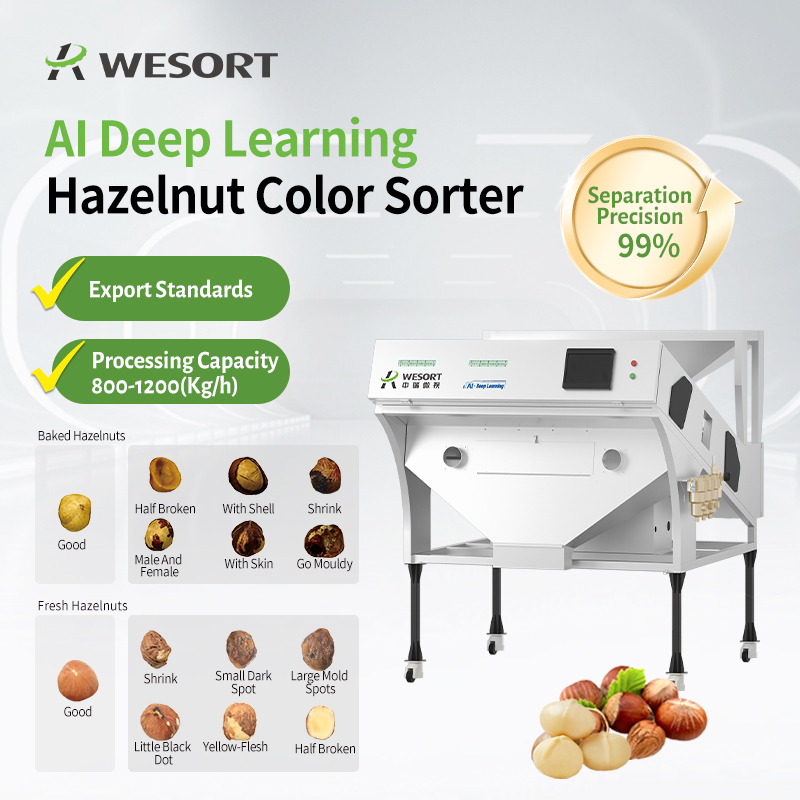
Hazelnut is the nut of the hazel and therefore includes any of the nuts deriving from species of the genus Corylus, especially the nuts of the species Corylus avellana. It is also known as cobnut or filbert nut according to species. A cob is roughl...

When you enjoy a smooth cup of coffee, you may not realize how much work goes into ensuring its purity and flavor. From harvest to cup, every step matters—and one of the most critical yet often overlooked stages is coffee bean sorting. Common Cof...
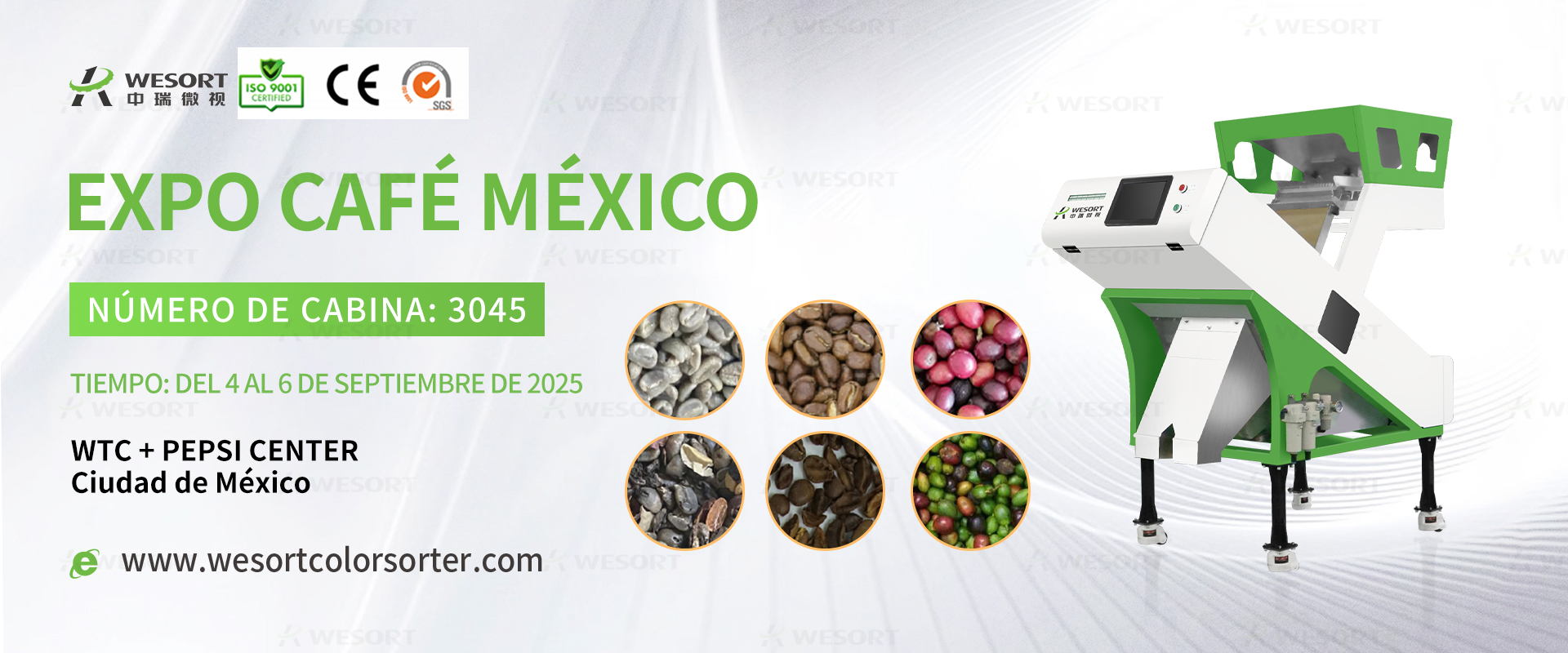
Dear Coffee Industry Partners, The Mexican Coffee Shop Expo 2025 is just around the corner—and WESORT , a leader in intelligent sorting technology, will be there to showcase our core solution for coffee processors: Coffee Bean Color Sorters. Mark...

In the plastic pellet production process, color purity often directly determines the product's selling price and market competitiveness. Especially for transparent, white, or light-colored plastic pellets, even tiny black specks can affect the appe...
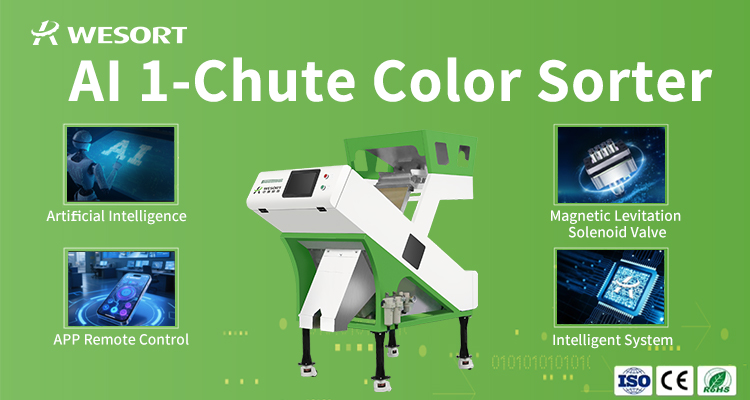
In modern agriculture, food processing, and recycling, quality control plays a vital role. This is where an optical sorter comes in. Many buyers often ask: What is an optical sorter? What does it do? How much does it cost? And how is WESORT optical...
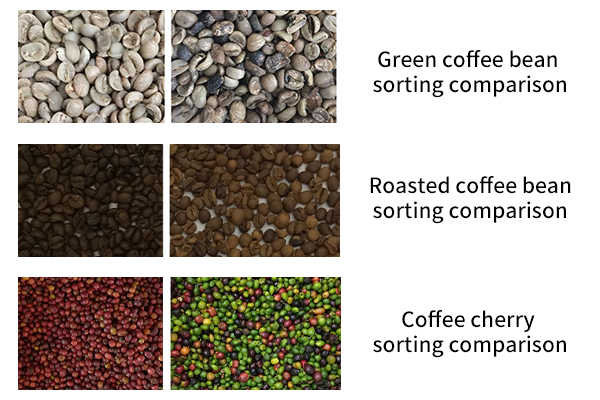
In the coffee industry, the quality of the final cup often depends on the smallest details during processing. One crucial step is removing defective beans, foreign materials, and color inconsistencies. This is where a coffee bean color sorter plays...

Coffee processing is a complex and meticulous task that involves several stages to transform raw coffee cherries into the high-quality beans we enjoy in our morning brew. One crucial step in this process is the sorting of coffee beans based on thei...

In the world of walnut processing, even the smallest imperfection can significantly impact product quality, market price, and brand reputation. Mold, insect damage, broken pieces, or inconsistent color are common defects that reduce the value of wa...

In the competitive coffee industry, quality is everything. Yet defects such as moldy beans, insect damage, immature coffee cherries, and inconsistent roasting levels can severely impact the taste, aroma, and grade of your coffee. Traditional sortin...

The demand for high-quality, uniformly sorted walnuts is rising globally due to increasing consumption, especially in the health food and snack industries. To meet market expectations, walnut processors are looking for advanced walnut sorting machi...

In the nut deep processing industry, the multi-level and accurate sorting of walnut kernels is not only related to product quality, but also directly affects corporate profits and brand reputation. However, many factories still face three major pro...

Meta Description: Looking for the top hazelnut sorting machine manufacturer? WESORT offers advanced hazelnut color sorters with AI deep learning to efficiently remove defects, pests, and foreign materials. Boost your hazelnut processing efficienc...

With the growing popularity of specialty coffee, the purity of coffee beans determines the aroma and taste of a cup of coffee. Achieving 99.9% purity requires high-performance coffee bean sorting equipment. Among Chinese coffee bean color sorter ma...

What's the most vexing issue in the hazelnut industry chain? It's not yield, but quality. Defects like mold, wrinkled skin, and foreign matter not only reduce product value but can also put export orders at risk. The solution isn't to increase the ...

Every hazelnut tells a story—about the soil it grew in, the care during harvest, and the precision of its processing. Yet between farm and final product, hidden defects like mold, insect damage, and discoloration can turn premium hazelnuts into cos...